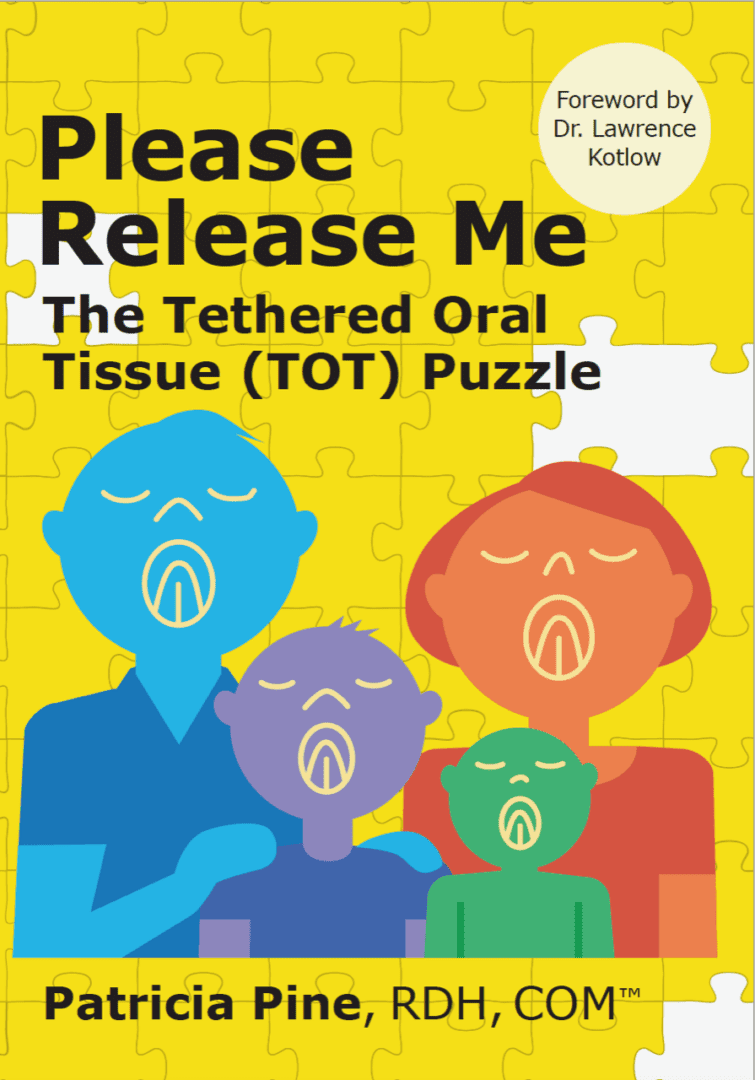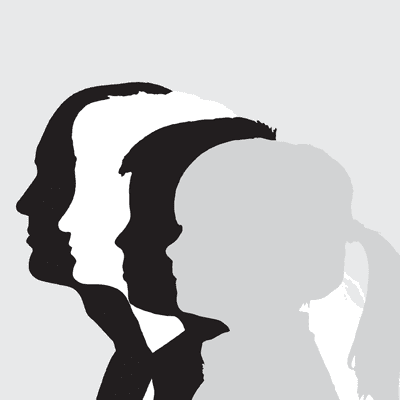What is Cranial Sacral Fascial Therapy?
This therapy is provided fully clothed.
Cranial Sacral Fascial Therapy is a modality that intertwines with the fascia in the body via the cranium and the sacrum. This technique is designed to unwind and release accumulated fascial strain gently.
Cranial Sacral Fascial Therapy (CSFT) is a non-invasive, gentle, hands-on technique that uses a light touch to evaluate the membranes and movements of the skull and the central nervous system—relieving tension in the central nervous system and promoting a feeling of well-being by eliminating pain while boosting health and immunity. Cranial Sacral Fascial Therapy refers to the normal neurophysiological motion of the brain, spinal cord, sacrum, and all the connecting tissues. CSFT is founded on the idea that the central nervous system is associated with all body regions.
This light hands-on therapy may relieve various symptoms, including headaches, neck pain, and side effects of cancer treatment. This therapy is specific to examining membranes and the movement of fluids of the central nervous system from the cranium to the sacrum. This non-invasive gentle placement of hands assists in releasing "fascia," the body's connective tissue that is present throughout the body, holding the body's organs, glands, nerves, muscles, blood vessels, brain, and spinal cord in place. Fascia is the body's connective network that lies just under the skin.
Cranial Sacral Fascial Therapy can improve the efficiency of biological processes through boosting inherent self-regulation, self-correction, and self-healing. The body is created to heal itself; some restrictions can occur within the central nervous system. Cranial therapy assists in releasing these restrictions or adhesions so the body can heal itself.

Cranial Sacral Fascial Therapy is a gentle, noninvasive form of massage that addresses the bones and the muscles of the head, spinal column, and sacrum to help reduce stress and pain. Specific pressure points within the system are located and assessed.
CSFT addresses the Parasympathetic system, also called the craniosacral division of the ANS. The central nervous system is located within the brain and the sacral portion of the spinal cord
Any trauma can restrict and tighten the fascial web. Accidents or surgeries that cause cutting into the facial web can restrict the craniosacral motion of a child or adult. Any trauma can create an onion layering effect over any age group's lifetime.
Authentic healing can free up the body to function better, regardless of age. Accepting our bodies getting tighter as a normal course of aging is not always the case; each layer released during CSFT allows the body to heal as it should. The downside of the CSFT system is that it has the memory of every trauma since conception. We might have thought that physical or emotional traumas in the past have healed, but the fascial web still remembers and holds their restrictions.
At what age can someone receive Cranial Sacral Fascial Therapy?
Any age group can benefit from cranial sacral therapy. Many restrictions occur after birth, from a traumatic birth or regular birth. The baby presents from a small womb area, which can cause limitations. Many people with tight necks, backs, and the body, in general, could live with this tightness from torticollis at birth and tension within the central nervous system and never realize why.
What conditions may cranial sacral therapy (CSFT) support?
• Chronic pain
• Fibromyalgia
• Migraine headaches
• Complex regional pain syndrome
• Fascial adhesions
• Multiple sclerosis
• Neuralgia
• Stroke
• Post-concussion syndrome
• Speech impairment
• Epilepsy
• Torticollis
• Neurodegenerative disease
• Temporo-mandibular joint syndrome
• Before and after tongue-tie release
• Adjustment of the hyoid bone
• Traumatic birth process
• Eyes are not level
What can the patient expect from a craniosacral therapy (CSFT) session?
• This type of therapy is provided fully clothed.
• Lay on a massage table on your back. The therapist will evaluate the body's cranial sacral rhythms with gently light hands on the enclosed central nervous system, from the skull to the sacrum.
Evaluating the body's rhythms allows us to determine emotional and physical
restrictions.
• First, a consultation is provided to discuss and identify troubled areas.
• Soft music and low lighting are used to provide a relaxing atmosphere.
• Gentle pressure techniques are used to assess the existence of disruptions and restrictions in the fascial system. Fascial release may help the muscles and organs naturally relieve stress, which improves function and movement.
• Some patients often report feeling a sense of deep relaxation.
What is the feeling during Cranial Sacral Fascia Therapy?
• Immediate relief of accumulated stress
• Profound feelings of calmness and relaxation
• Renewed body awareness
• Identify tension and imbalance within the body through the cranial sacral rhythm.
How can Cranial Sacral Fascia Therapy change your life?
• Some patients are unaware of how stressed and anxious their body's system is—some
tinnitus, but stressors from everyday life are happening around a person. It was clear to
some that emotions and physical tensions were triggering the ringing in this person's head.
Can Cranial Sacral Fascia Therapy help brain fog?
- CST is an effective and beneficial treatment to help with brain fog.
- This therapy will help you feel more energized; the deep relaxation it provides
can help reduce stress and tension, contributing to brain fog symptoms.
- This therapy will help you feel more energized; the deep relaxation it provides
Are there any side effects of cranial sacral therapy?
Every patient is different; some responses are:
o Lightheadedness
o Dizziness
o Heavy head sensation
o Nausea
o Discomfort in the lower back
o Feeling of energy
o Feeling of relief
o Different responses are different for each client, it may take a few hours to
feel a difference
Is CSFT good for depression?
- Emotions are often linked to tension held in the body and sometimes can be released along with physical restrictions. CST can help to address the root causes of anxiety and depression without the use of medications.
The CSFT focuses on what part of the body?
- The Cranial Sacral technique explicitly focuses on the central nervous system. By working the pressure points in the head, spinal column, and sacrum, this therapy can relieve pressure to help alleviate pain.
How long does a CSFT session last?
- Therapy sessions are provided while fully clothed, ranging from 45 minutes to more than an hour, depending on the client's needs.
Is CSFT good for PTSD?
- PTSD has distinct physical origins. With research and treatment, it has been determined that numerous symptoms have responded to CST.
Does Cranial Sacral Fascia Therapy Release Emotions?
- This therapy helps release the energetic imprint of psychological and emotional stressheld tension patterns, leaving most people with an immediate sense of diminished pain and deep relaxation, feeling centered and refreshed.
How often can a patient receive Cranial Sacral Fascia Therapy?
- Some patients prefer weekly appointments to assist in releasing emotional or physical tension in the body.
- At least two or three weeks between CST therapy so the body can process and heal.
- CST can benefit almost everyone. There are a few conditions that CST may not be appropriate. Discussion with the CST therapist and physician may be in order.
Avoid CSFT if:
o Recent concussion
o Cerebral swelling
o Structural defect within the cerebellum (Arnold-Chiari malformation)
o Brain aneurysm
o Traumatic brain injury
o Blood Clots
o There is any disorder that causes cerebral fluid pressure, flow, restrictive movement,
or instability.
Is CSFT good for anxiety?
- Cranial sacral therapy supports the nervous system so it can self-regulate
- Sometimes, the patient can experience a stronger sense of calm well being and enhanced self-worth.
Can CSFT help chronic fatigue?
- CST is a good option for Chronic Fatigue Syndrome
- This therapy allows the body to release any stuck or stored emotions and past
traumas that may contribute to the chronic fatigue experience.
- This therapy allows the body to release any stuck or stored emotions and past
Is cranial sacral therapy (CSFT) covered by insurance?
- No CST is not covered by insurance. Out-of-pocket payment is required before treatment.
- Cash, check, or ZELLE is the typical type of payment
How long has CSFT been available?
- Cranial Sacral Therapy (CST) was pioneered and developed by osteopathic physician John Upledger followed extensive scientific studies from 1975 to 1983 at Michigan State University, where he served as a clinical researcher and Professor of Biomechanics.
Cranial Sacral Fascia Therapy Fees
- Fees depend on the length of time needed for each client
- 45 min.
- 1 hour
- 1.5 hours
- Payment is received before treatment
- Cash
- Zelle

